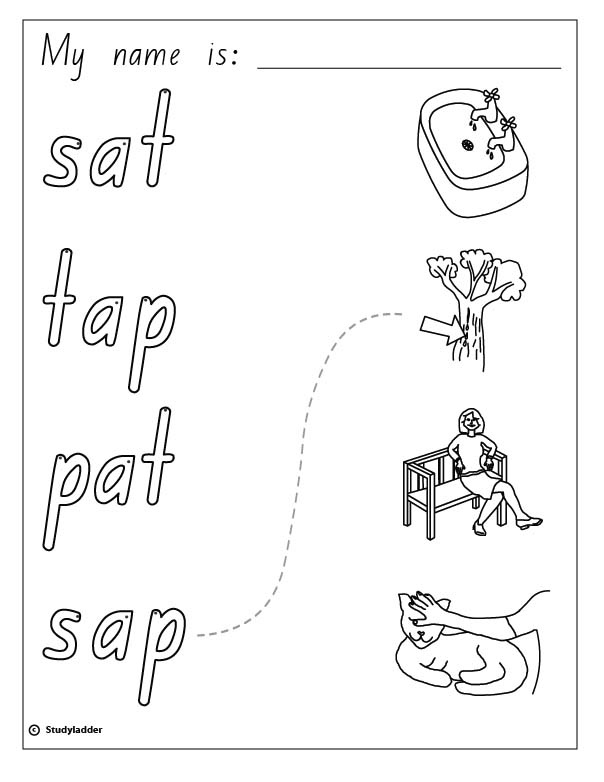Words and Pictures: sat, tap, pat, sap (Words and Pictures)
- Grade: Kindergarten
Activity type: Printable
To save results or sets tasks for your students you need to be logged in. Join Now
Words and Pictures: sat, tap, pat, sap (Words and Pictures)
- Course
English - Grade
Kindergarten - Section
Spelling Worksheets - Outcome
CVC (K) - Activity Type
Printable - Activity ID
22019


